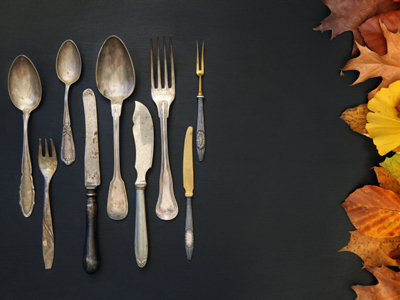
The Industrial Revolution 03
This KS3 History quiz asks questions about the Industrial Revolution. Without steam engines and iron, the Industrial Revolution may not have happened. Iron production was only carried out on a small scale before the eighteenth century. It increased by about 10 times between 1750 and 1830 and, without iron, the steam engine could not have been made. Iron production was on a small scale before Abraham Darby invented a method of extracting iron using coke. The coke replaced charcoal as a fuel.
Coke was initially cheaper than charcoal and it overcame the problems of a lack of wood to produce charcoal locally. The iron that was produced was not particularly pure and was called cast iron. Cast Iron was brittle but strong enough to make many machine parts and building materials like girders and columns. Eventually, during the middle of the nineteenth century, Henry Bessemer discovered a way of making steel, a much less brittle, stronger and more useful material than cast iron and wrought iron. This opened up the way for some incredible pieces of engineering.
Ready for more?
not all...
quizzers. Try to win a coveted spot on our Hall of Fame Page.







